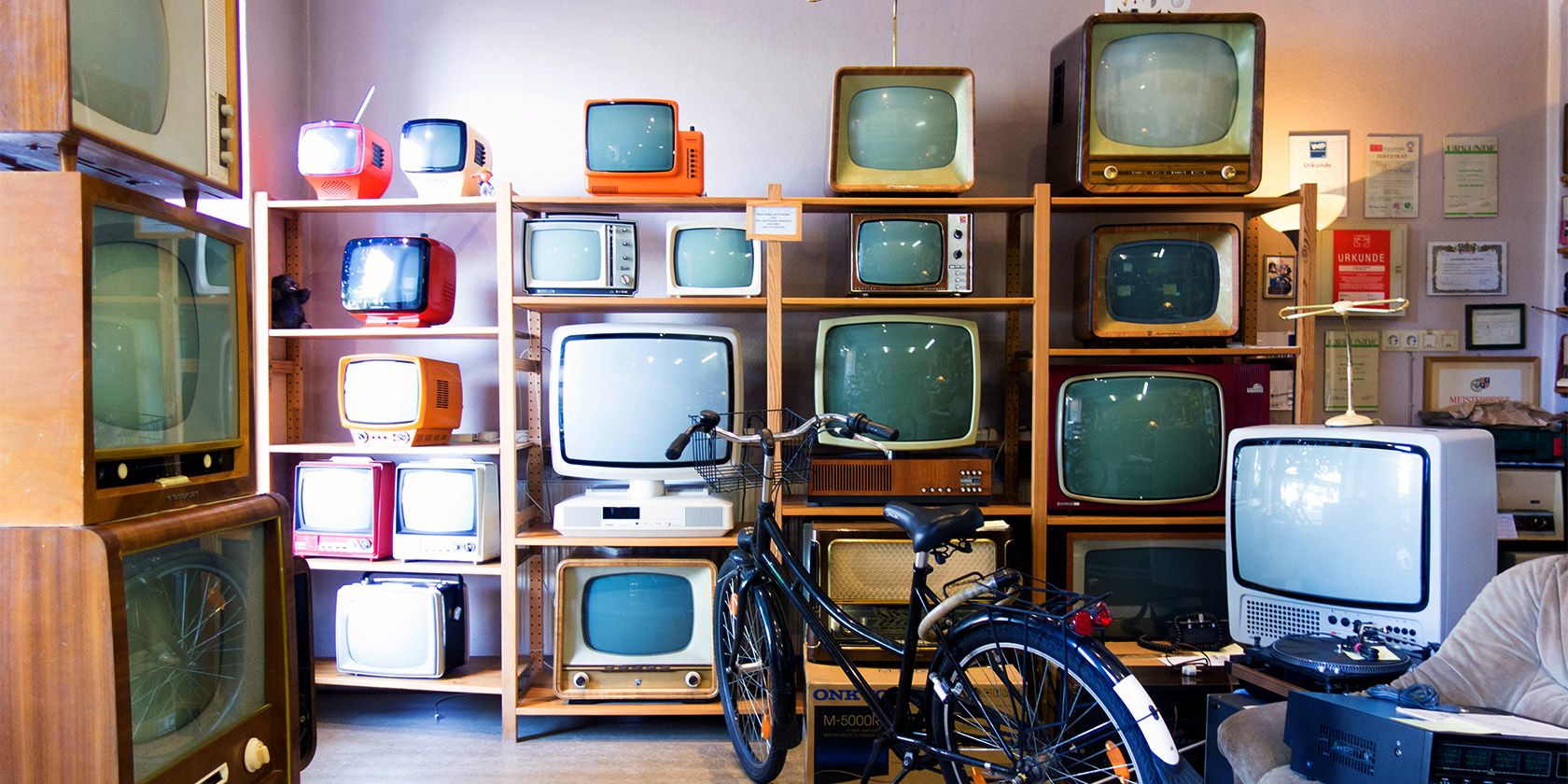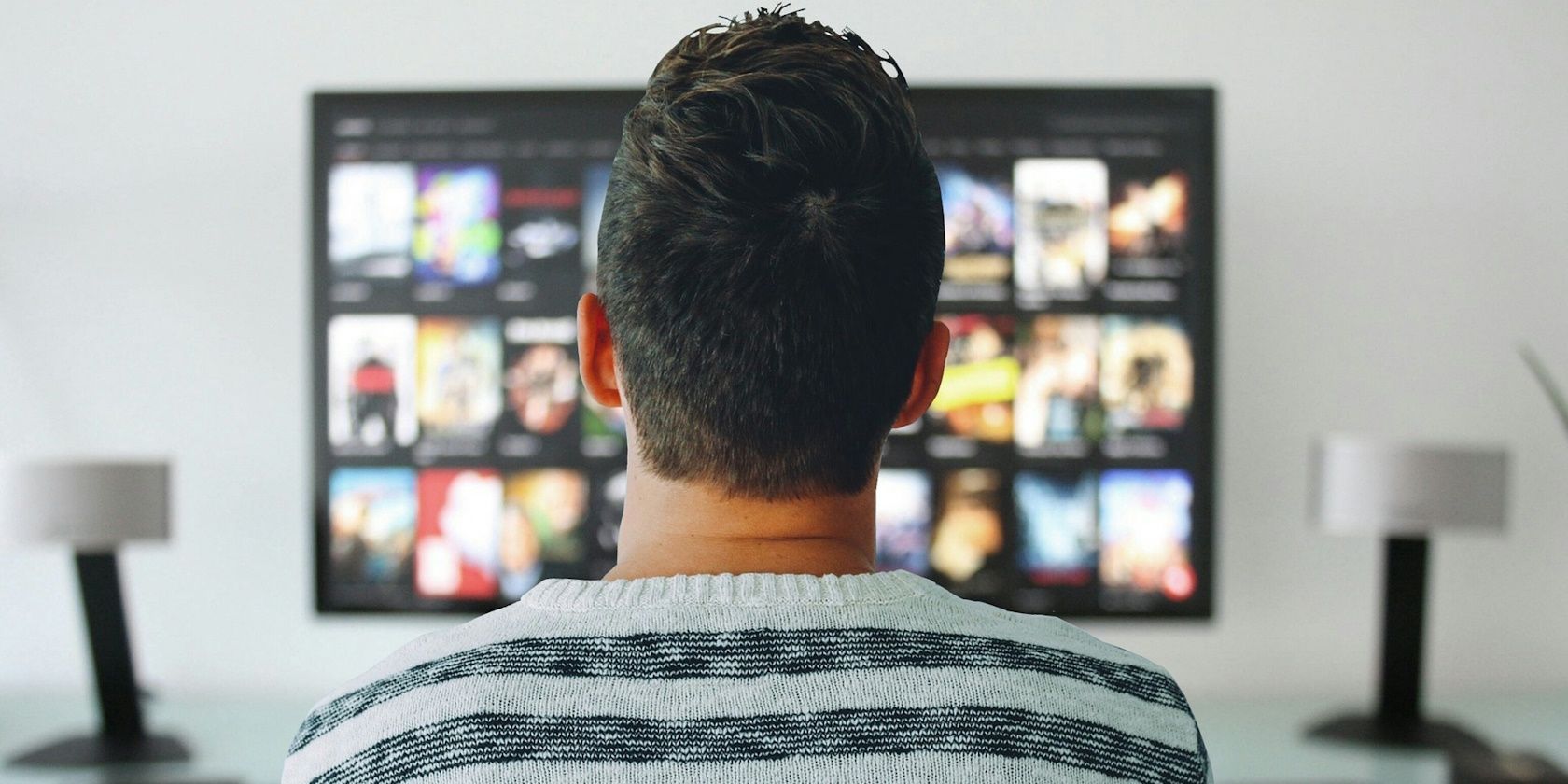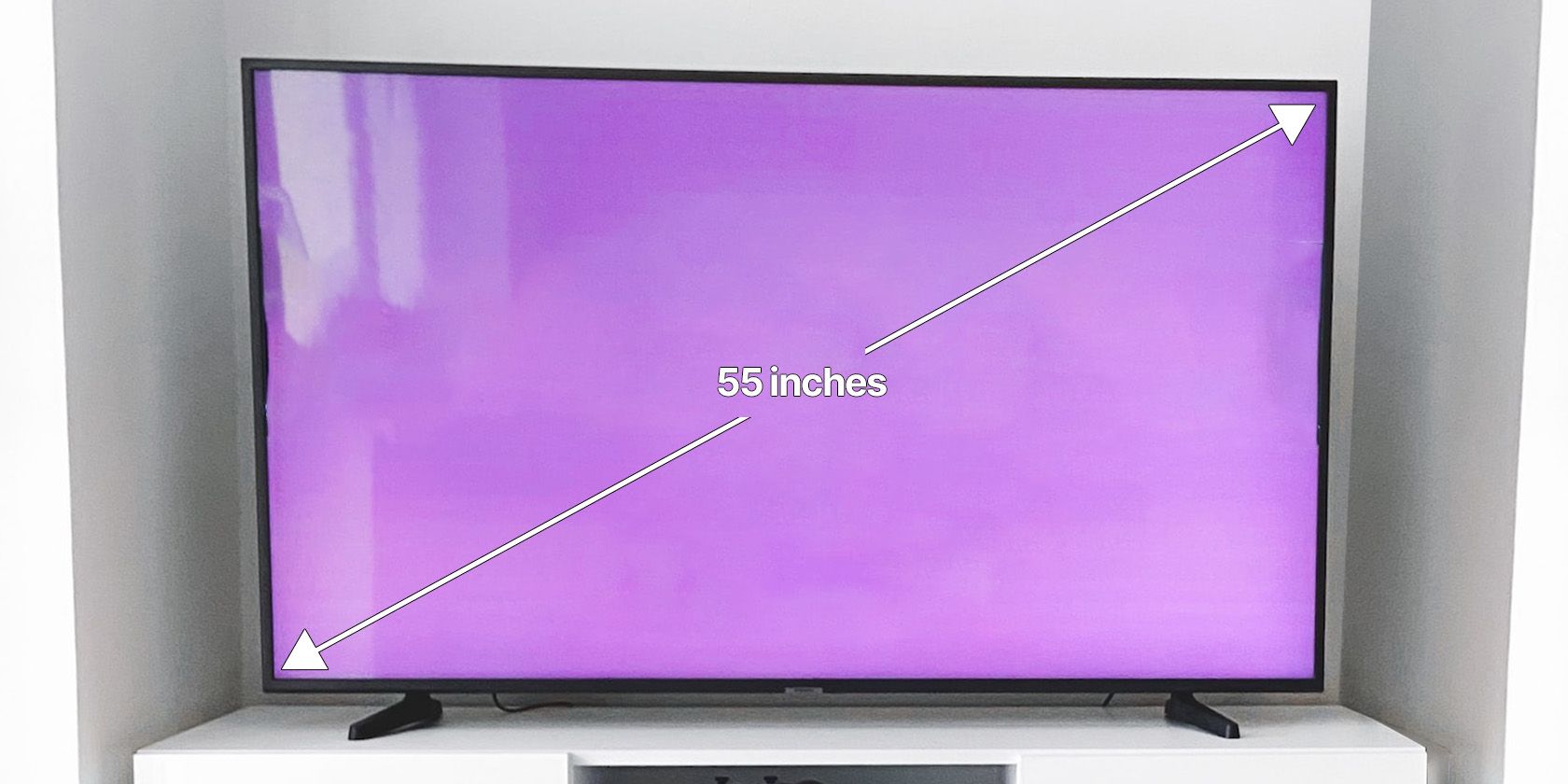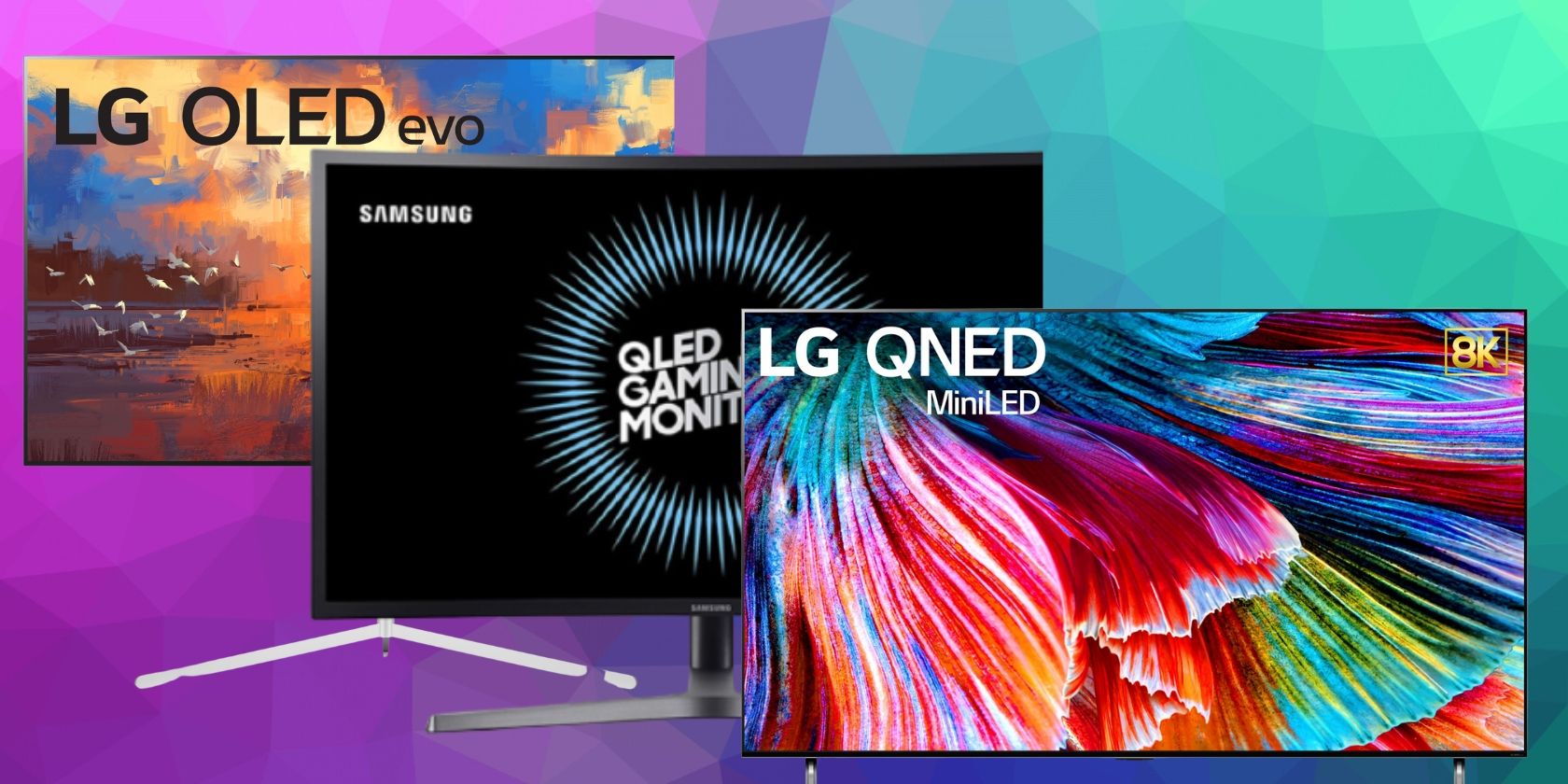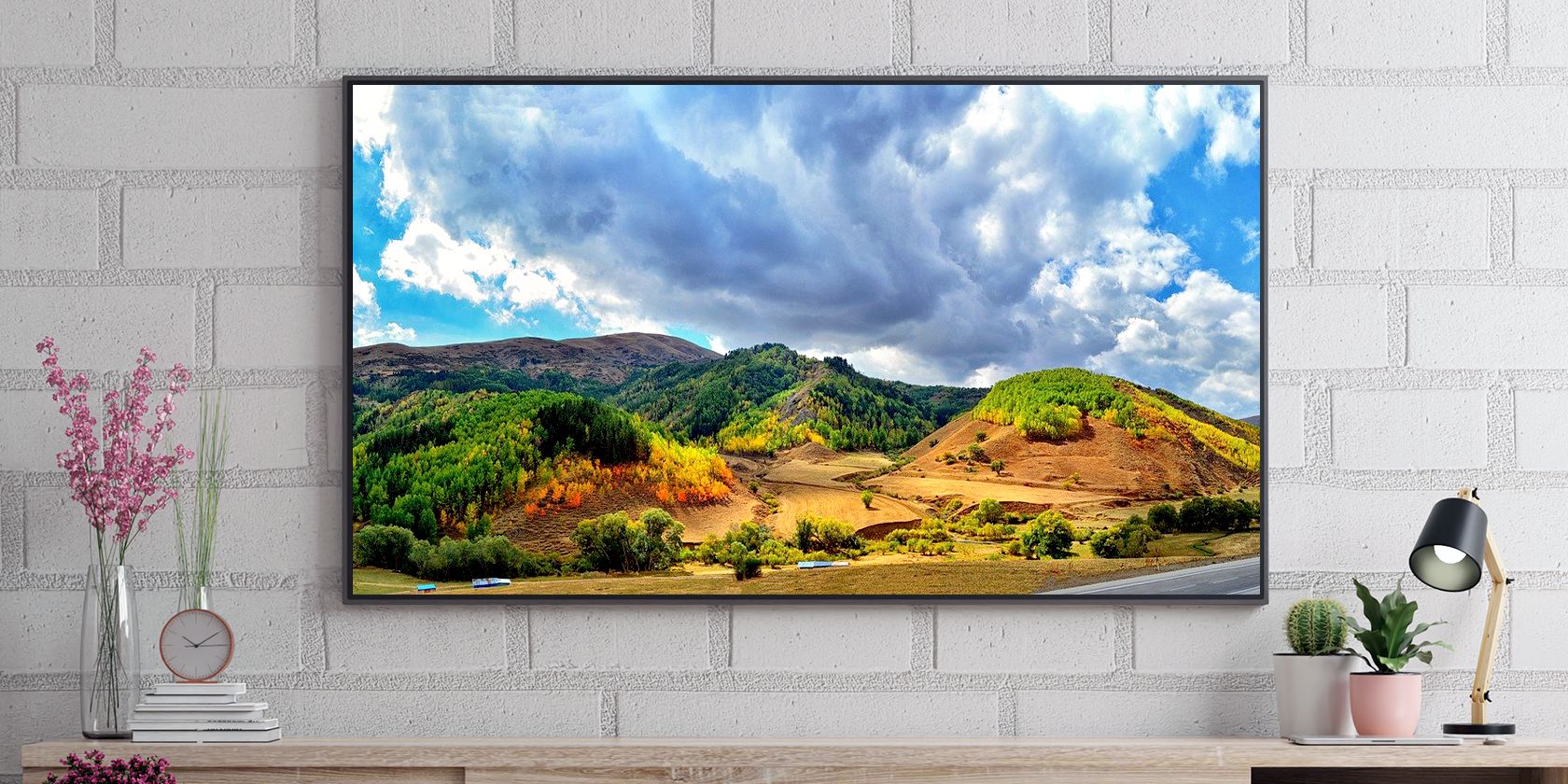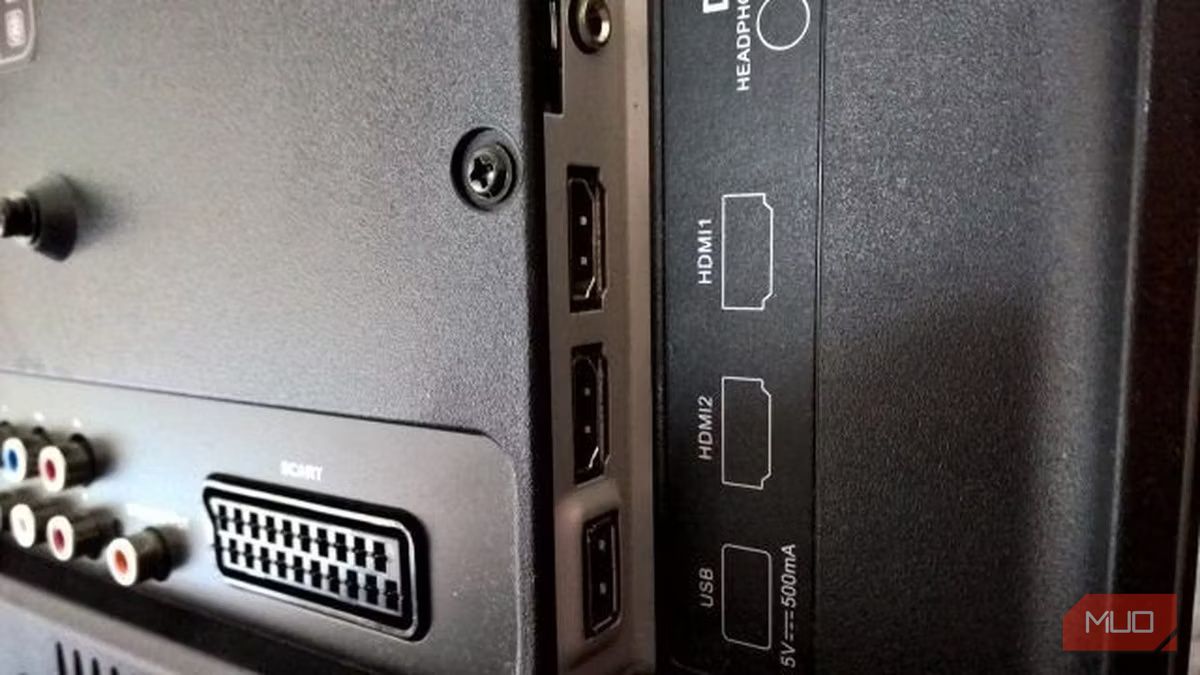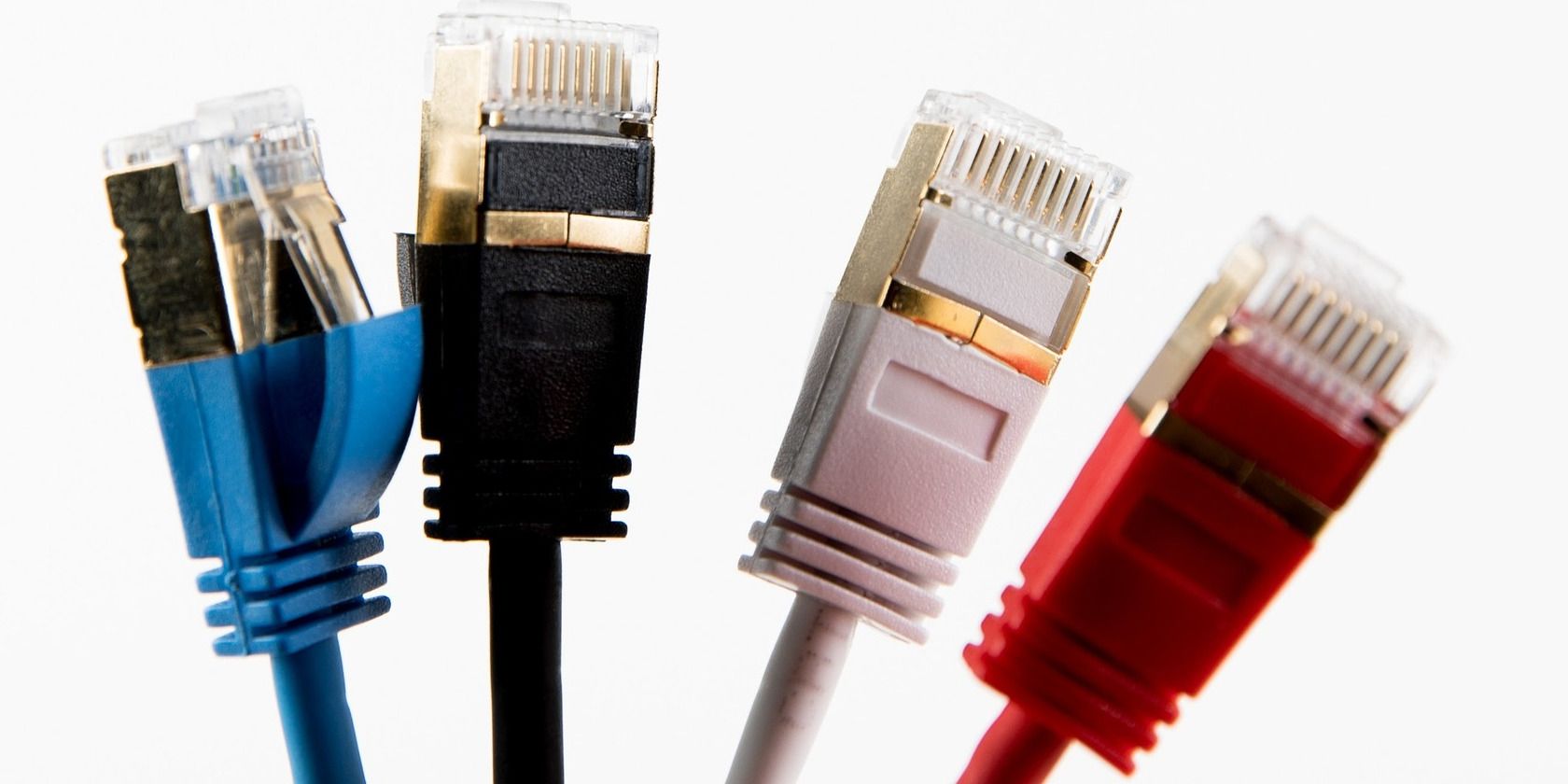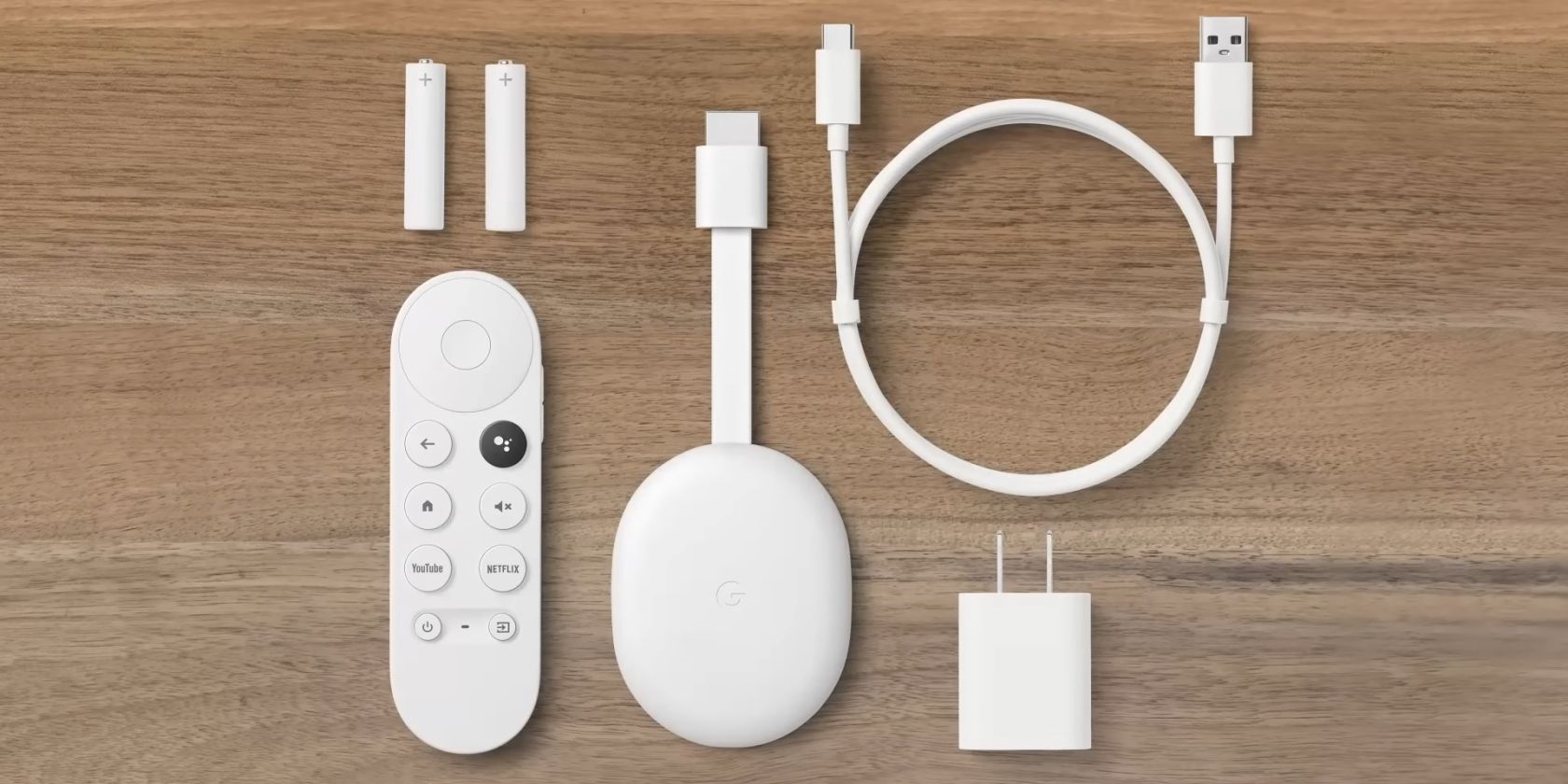Are you building a home theater? Or maybe you simply want a bigger, better TV for your living room? Whatever the case, you shouldn’t buy the biggest, baddest TV you can find without doing prior research.
So, if you’re looking to get the best TV that fits your budget, you’re in the right place. These are the things you need to know when buying a new TV.
Choosing the Right TV Size
With TVs getting larger annually, getting the biggest model you can afford for your home is tempting. However, buying a 100-inch TV for a studio apartment might not be a great option. In fact, this should be one of the mistakes to avoid when building a home theater.
Your screen size should be proportionate to your viewing distance. If your TV is too small, you won’t get the immersion you want; if it is too big, you won’t see the entire screen, especially if you’re seated too close.
According to an old THX page, most people have a 40-degree viewing angle, while the Society of Motion Picture and Television Engineers recommends 30 degrees. So, if we average these two values, you should ideally have a 35-degree vision field when choosing a TV.
To get your ideal TV size, you should divide your viewing distance (or the distance of your seat from the TV screen) by 1.4. That means if you have a viewing distance of around 100 inches (the average distance between a bed and a TV with a two-foot gap in between), you should get a 62.5-inch screen. Since TVs only come in standard sizes, you should pick a 65-inch model.
Which Resolution Should You Get?
While you may already have picked a screen size, your next question would probably be the resolution. Although most TVs that are 50 inches or above already use 4K, some smaller TV sizes still come in FHD or QHD flavors.
We’ve compared 4K and QHD screens, although getting the highest resolution your budget can afford is still better. Nevertheless, higher resolutions have diminishing returns; i.e., we can only differentiate sharper images to a point.
For example, if seated eight feet from a 65-inch TV, you would barely notice the difference between a QHD, a 4K, and a 16K resolution TV (what is 16K resolution?) In fact, you’ll only see the sharpness of 16K over 4K if you sit four feet or closer to the screen—which is way too close for everyday viewing.
If you want to see the ideal resolution for your TV size and viewing distance, you can check out RTINGS.com’s graph.
The Right TV Technology
You must also pick the right technology when buying a new TV. Many new screens are available on the market, and you might get confused about what fits your home, so let’s cover them.
LED
LED TVs are based on the original LCD screen from the early 2000s. But instead of using fluorescent lamps as a backlight, it uses LED bulbs. This is the primary difference between LED and LCD TVs, resulting in a more energy-efficient TV.
However, this TV type doesn’t offer the best color., Nevertheless, this would probably be your primary option if you’re on a budget, as most affordable models use this tech.
Mini LED
With advancements in miniaturization technology, many TV manufacturers have been able to shrink the size of the LED backlight. This gave the screen more granular backlight control, improving contrast ratios and color reproduction.
OLED
OLED TVs use a fundamentally different technology over LED and Mini LED TVs. Instead of requiring a backlight to see the image on the screen, the individual pixels of OLED screens emit their own light, allowing you to get the deepest blacks and richest colors.
OLED TVs can deliver an infinite contrast ratio while remaining extremely thin. However, since they do not have a backlight, they’re typically not that bright—usually only offering 500 to 1,500 nits. So, if you plan to get a TV for your well-lit living room, stay away from OLED TVs.
Furthermore, OLED TVs are prone to image burn-in (what is OLED burn-in?) Although most companies have ways to reduce or avoid it, your TV might still get affected, especially if static elements are on your screen for hours, like a news broadcast or a game’s heads-up display.
QLED/QNED
QLED and QNED technologies use quantum-dot technology to increase the color accuracy of traditional LED and Mini LED TVs without sacrificing higher brightness. QNED goes a step further above QLED by adding a NanoCell filter, which removes unwanted light, resulting in even better colors and reduced light blooming.
QD-OLED
QD-OLED uses the quantum-dot technology in QLED/QNED screens to improve its brightness. Instead of using a white subpixel to emit white light, it uses a QD layer to transform the blue OLED pixel into other colors. QD-OLED TVs use all subpixels to show the color white, resulting in a brighter screen over traditional OLED TVs.
This lets you get the infinite contrast and amazing color accuracy of OLED TVs without sacrificing brightness. However, you still have to deal with possible OLED burn-in. You can also check out our explanation on QD-OLED TVs to learn more about them.
Connectivity and Control
TVs are more than just screens that receive transmissions from TV towers. Modern TVs are media centers that let you access entertainment options from cable, TV boxes, the internet, and even other devices.
So, if you have streaming services, a gaming console or two, and like to use your phone on a bigger screen, these are other things you should consider.
Video-In Options
Most users no longer rely on DVD and Blu-ray players. However, if you have a gaming PC that you want to use on your TV or have a gaming console, you should check whether your TV supports HDMI 2.0 or above.
That’s because you need these newer connection standards to enjoy your games at maximum resolution and refresh rates. So, if you want to play 4K titles at 144 fps, your TV must have HDMI 2.1. Here’s our explanation of the differences between HDMI 2.1, 2.0, and 1.4 to understand these standards better.
Audio Out Options
Another thing to consider is a TV’s audio-out options. Most TVs do not have great audio, as they’re so thin. If you already have an existing sound system, you should find a TV that lets you connect to that. Alternatively, you can get new speakers compatible with the TV you’re buying.
But if you’re an audiophile, you should determine if you’re getting RCA, coaxial, or optical audio cables for the best audio quality for your viewing pleasure.
Ethernet and Wi-Fi
If you’re into streaming, consider getting a TV with a physical Ethernet connection. While Wi-Fi is most reliable enough to stream 4K content, it’s still susceptible to interference, especially if your router is distant from your TV.
So, if you want a smooth experience when streaming 4K or greater content, we recommend getting a TV with an RJ45 port that lets you connect it directly to your router.
Smart TV or Dumb TV?
If you’re buying a TV over 65 inches, you likely have no choice but to get a smart TV. But if you go below that size, you have some dumb TV options without smart features. Dumb TVs are generally more affordable and tend to last longer than smart models.
Furthermore, you can make a dumb TV smart by getting a Chromecast or a Roku device which are far more affordable than even the cheapest smart TVs. We have several reasons why you shouldn’t buy a smart TV. You should discover them before getting one.
Get the Best TV That Fits Your Home and Budget
You don’t have to go all out on your wallet when buying a new TV. This should be a well-researched purchase, and you should deliberate on what you need.
Where will you place your TV, and how far will you sit away from it? Are you into streaming and gaming? And how long do you intend to keep it before upgrading or replacing it? By answering these questions and more, you can get a TV that doesn’t break your budget while satisfying your wants and needs.

